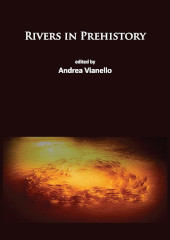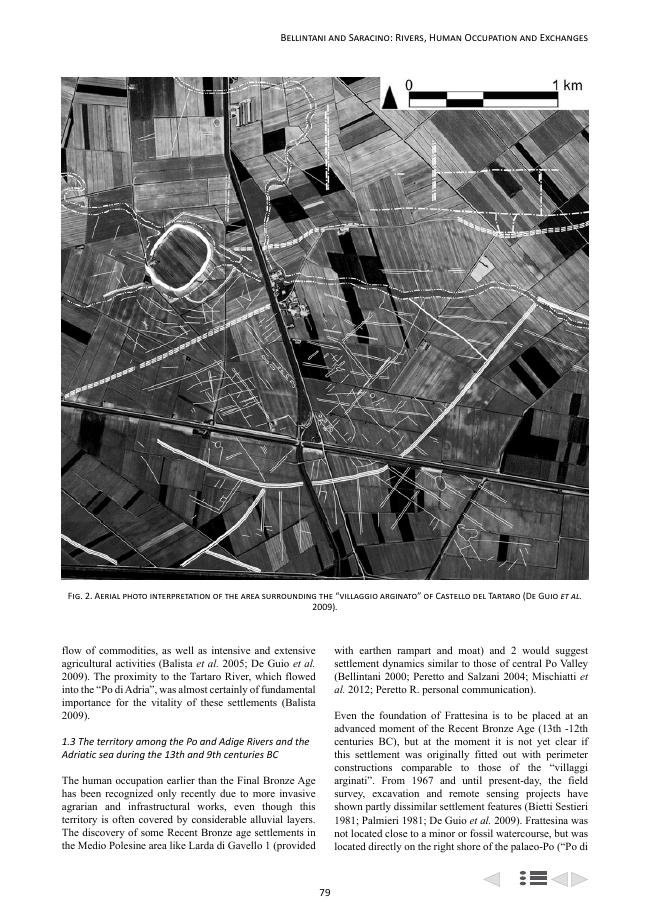Rivers in Prehistory
250 p.
Rivers have often been the gateway to natural wilderness and the first element of a natural landscape that humans made their own. Some rivers have become the symbol of whole civilisations, such as the Nile or the Tiber to Egyptians and Romans respectively. More recently, pioneers exploring the continent of America have explored the new land from within rivers, whose names have become by extension the name of the land: 15 of the 50 states composing the United States of America are borrowed from rivers. No other natural feature has become embedded into human narratives as the river. Rivers are frequently featured prominently in natural landscapes by writers and artists, but they also turn up in unexpected places, such as the mythical Greek underworld or Dante's Inferno. Rivers made of stars (the Milky Way) have been recognised in the sky by the Inca, Chinese, Koreans, Japanese (the "Peaceful River of Heaven"), Hindu, Maori, Aboriginal Australians as well as other cultures. The flow of a river has prompted many.
reflexions of its similarity to time as well as human life and consciousness, becoming a recurring theme in culture and philosophical thought. In recent archaeological literature, rivers are often ignored from narratives, or seen as part of the natural landscape. Yet, rivers and streams have shaped most cities in the world and they should be inserted more frequently, if not systematically, in archaeological interpretations and narratives. The sea is very much in the minds of scholars, especially in Europe, but rivers are denied the same interest. It is hoped that this volume will generate some fresh interest. [Publisher's text].
Illustrated throughout in colour and black & white.
-
Information
ISBN: 9781784911799
DISCIPLINES



